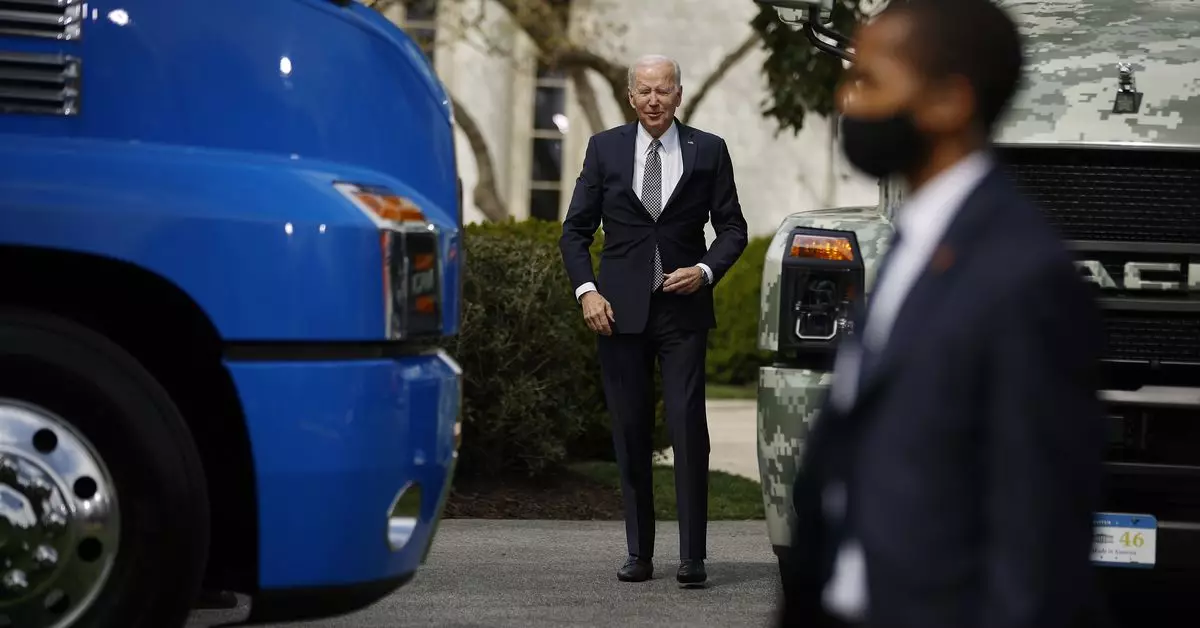The Biden administration recently announced a new vehicle emission rule that was not as strict as originally proposed. This new rule dictates that fuel economy for passenger cars will increase by 2 percent annually for model years 2027–2031, while light trucks will see a similar increase for model years 2029–2031. The National Highway Traffic Safety Administration (NHTSA) estimates that these changes will raise the average light-duty vehicle fuel economy to around 50.4 miles per gallon by the year 2031.
Addressing the nation’s automotive standards, President Joe Biden initially called for passenger vehicles to achieve an average of 55 miles per gallon by 2026. However, the recent regulations have scaled back these ambitions significantly. NHTSA’s revised plan has set a lesser target for average fuel economy, aligning with the administration’s shift towards more gradual reductions in greenhouse gas emissions and a slower transition to electrification in the auto industry.
The automotive sector has generally welcomed the new Corporate Average Fuel Economy (CAFE) standards, describing them as positive and necessary for progress. Nonetheless, there are lingering doubts about the continued relevance of such regulations in a landscape that is rapidly moving towards electric vehicles. While some environmental groups have expressed disappointment at the leniency of the rules, many acknowledge that any measures to reduce pollution and promote cleaner vehicles are a step in the right direction. Katherine García of the Sierra Club’s Clean Transportation for All Campaign praised the standards for promoting improved gas mileage and reducing oil consumption.
Despite progress in fuel efficiency over the years, the United States still faces challenges in meeting upcoming targets. The country’s preference for larger trucks and SUVs has hindered automakers in their efforts to enhance fuel economy and keep pace with global competition. As the industry grapples with evolving consumer demands and environmental concerns, achieving sustainable and efficient transportation remains a pressing issue.
The release of the revised vehicle emission rule has elicited mixed reactions from various stakeholders. While the new standards are seen as a positive step towards reducing emissions and improving fuel economy, questions linger about their feasibility and effectiveness in a rapidly changing automotive landscape. As the industry continues to navigate towards electrification and sustainability, balancing regulatory requirements with technological advancements will be crucial in shaping the future of transportation.


Leave a Reply